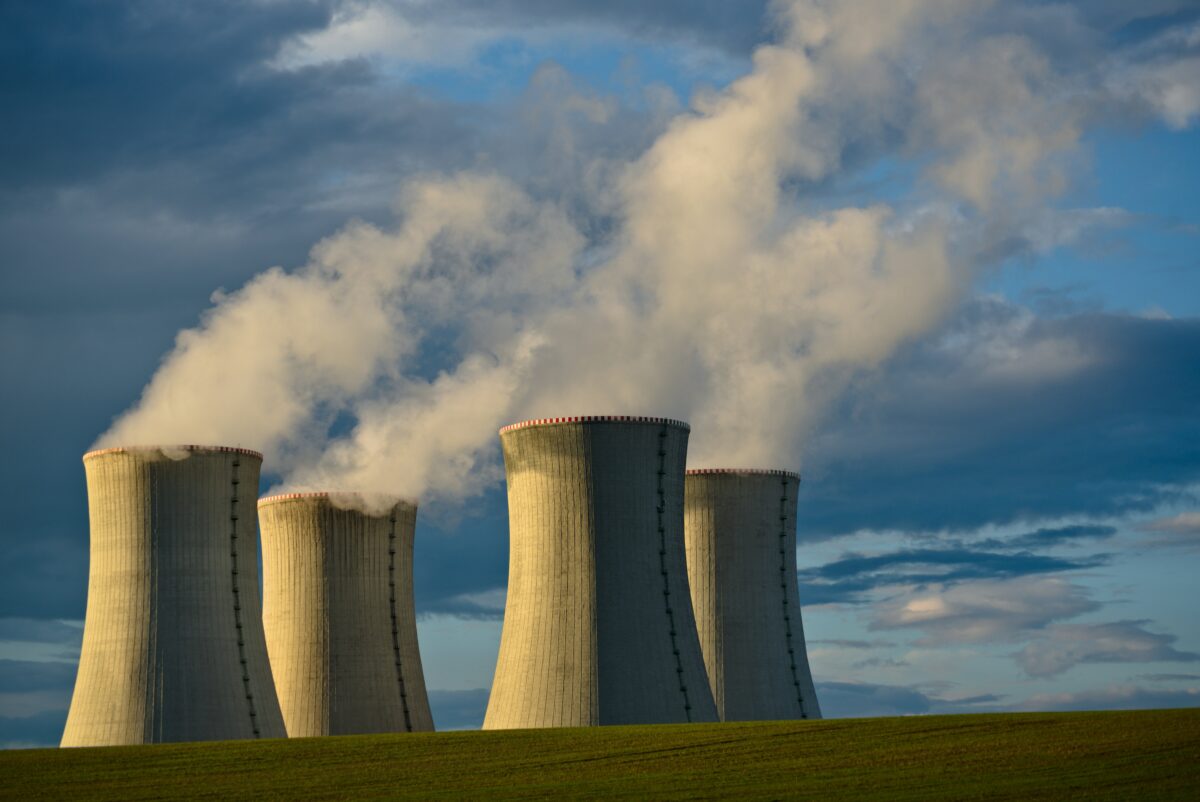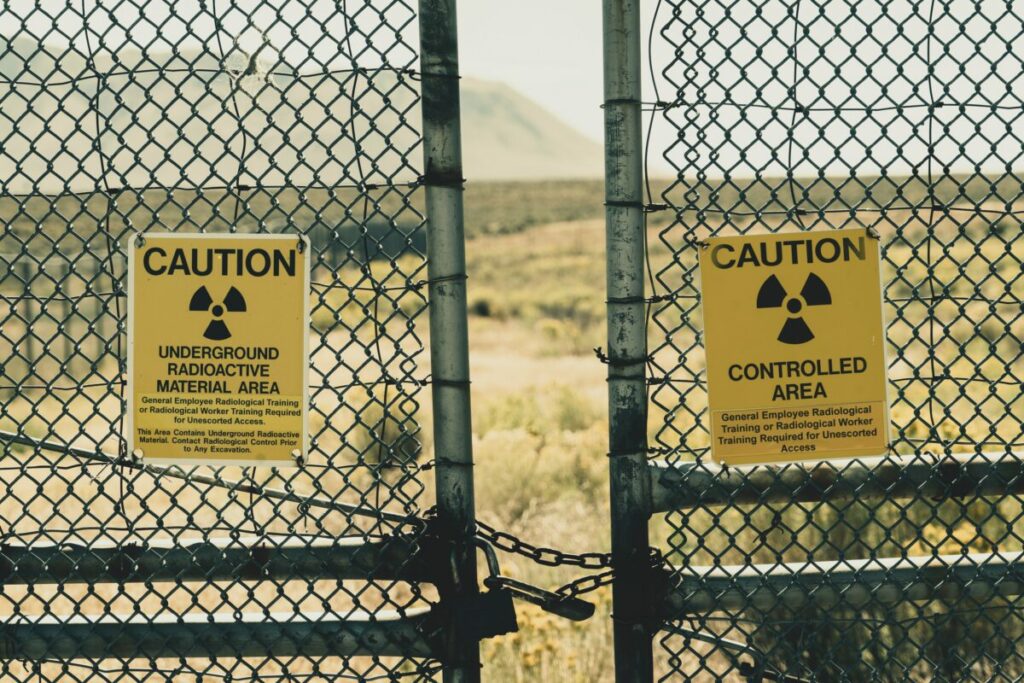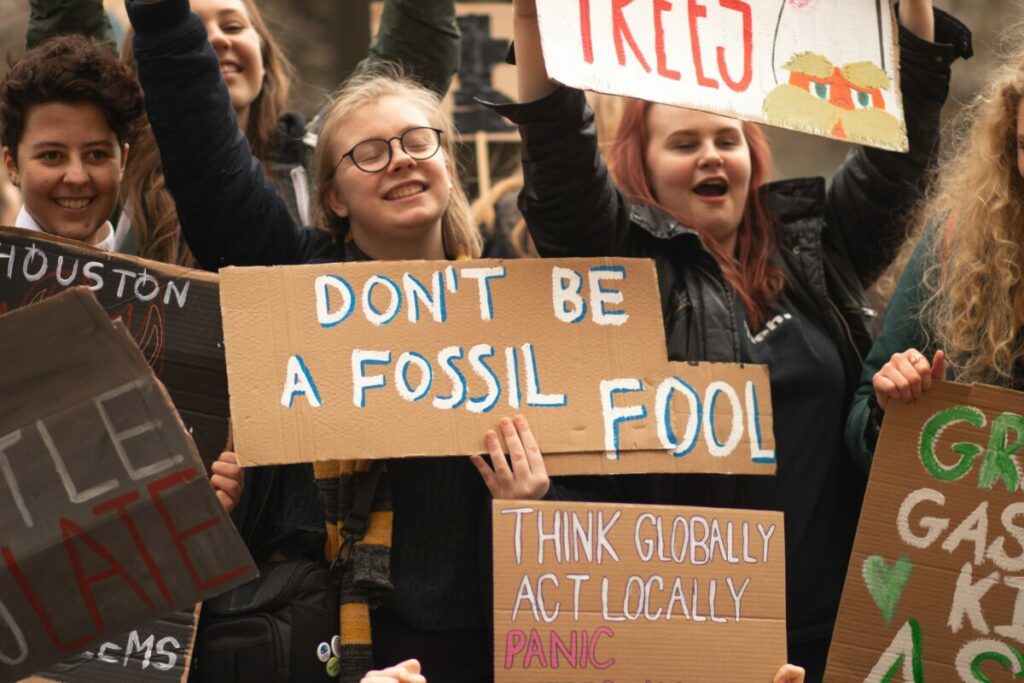
A new dawn for nuclear energy?
We are very proud to share with you today the first of a set of 4 blogs that present a great overview of the nuclear landscape. Those are originally written by Epsiloon, a French magazine that reinvents the scientific press and that is independent, high-standard, committed and sincere. All traits that are also at the core of inTechBrew.
In this series of blogs, originally published (in French) in December 2022, we will go through nuclear’s new golden age, the challenge of long-term maintenance, the SMRs race and finish by presenting you other potentially game-changing innovations of our nuclear future. Although some examples given in this specific article of our Epsiloon series refer to the French sector, the points made can easily apply to the global nuclear landscape.
This first instalment is offering to review today’s nuclear landscape.
Importantly, and before we start, we would like to thank Herve Poirier for trusting us with Epsiloon’s work. The set of articles was originally written by Vincent Nouyrigat, Pierre-Yves Bocquet, Xavier Boivinet and Muriel Valin for the December 2022 issue of Epsiloon.
Originally written in French, the translation and revision for an international audience was completed by Xavier Poteau from inTechBrew.
A new dawn for nuclear energy?
“The comeback”. “The rebirth”. “The revenge.” This will probably not have escaped you: from magazine covers to energy foresight reports, from presidential speeches to counter discussions, nuclear power has suddenly become desirable again. In the midst of the geopolitical-energy-climate crisis, the trendy atom is now considered one of the best ways to avoid using hydrocarbon supply at crazy prices… while being a credible source of hope to achieve carbon neutrality by 2050, and curb warming below +2°C.
A radical change of atmosphere compared to the 2010s when, under the effect of Fukushima, Germany, Switzerland and Belgium announced their rapid exit from nuclear power. Decade during which even France, so fiercely attached to its atomic industry, seriously considered the closure of 17 (out of the current 56 operating) reactors by 2025. Finally, only the two Fessenheim (East of France) units were removed from the network, and, only few months ago, the French President announced that he wanted to build 6 new EPR reactors, and another extra 8 as an option, plus the development of mini-reactors. «A direct and demanding announcement, reminiscent of the Messmer plan of the 1970s at the origin of the French nuclear power program», notes Sezin Topçu, a historian of science at the Centre for the Study of Social Movements (CEMS). As it happens, the scale of the energy projects to be carried out over the next three decades has nothing to envy to the revolutions triggered by the oil crisis of 1973.
A step change 11 years after Fukushima
The time for big decisions has indeed come. In recent months, announcements of new power plant projects have followed one another in India, China, Great Britain, South Korea, Japan, Poland, even Sweden. And more and more experts (or not) do proclaim in the public space the virtues of the atom (like the very mediatic Jean-Marc Jancovici, French engineer, teacher and lecturer, he is known for his advocacy and outreach work on climate change and the energy crisis for the past 20 years). With all the more ease that nuclear power is now officially considered by the European Union as a “green energy”. Love it or hate it, this technology is the world’s second largest source of low-carbon electricity behind hydroelectric dams, while the current 437 reactors avoid the emission of 1.5 billion tons of CO2 and the consumption of 180 billion cubic meters of natural gas each year. Its supporters never fail to highlight its ability to produce electrons in abundance in a continuous and predictable way, unlike wind and solar. What’s more, it does so by grabbing very little land.

The pro-nuclear are now out… Whether it is the retirees of the nuclear industry who do multiply associations, the “ecomodernists” who rely on advanced technology to preserve nature, or the young converts on social networks recently baptized “nuclear bros” in the United States. So many supporters who multiply attacks and mockery in the face of the setbacks of Germany, engaged in its quest for carbon-free energy without nuclear – with the unexpected support of Greta Thunberg.
But beyond the activists, part of the opinion seems to be shifting: “Our latest survey (in France) shows that 44% of French people are in favour of the construction of new power plants, 15 points more than last year, it is a significant increase,” says Hugo Lutun, researcher at the French IRSN (Institute for Radiological Protection and Nuclear Safety). Those opposed to the closure of existing reactors have also evolved in the same proportions.
Enthusiasm and uneasiness
Another sign of change, young engineers, put off by fossil fuels, no longer hesitate to turn to this sector: “The number of students in our nuclear engineering training has increased by 90% in 5 years, which reflects the evolution of the perception of nuclear energy,” says Eric Gadet, director of the French National Institute for Nuclear Science and Technology (INSTN).

In France, environmental scientists are still quite discreet. “Climate scientists who are involved in the media are often close to associations related to political ecology, cautious when it comes to nuclear power,” notes François-Marie Bréon, deputy director and physician-climatologist at the French Climate and Environmental Sciences Laboratory: “I am currently the only climatologist within the association of ‘Voice of Nuclear’, which campaigns for the development of this energy source». In Germany, 19 academics took the plunge and launched a petition on July 25 (2022) against the nuclear phase out. Across the Atlantic, behind the figure of James Hansen, one of the pioneers of the study of the greenhouse effect, “a growing number of climate scientists are beginning to speak out publicly, if only to call for current reactors to be kept running for as long as possible. », testifies Pushker Kharecha, a great supporter of the atom and deputy director of the Earth Institute at Columbia University.
A “green energy” like no other
This growing enthusiasm does not make nuclear an energy like any other. The atom continues to fuel criticism, unease, cleavage – almost every public meeting on the subject in France ends in chaos. It is hard not to feel a certain dread at the memory of the Chernobyl and Fukushima disasters. It is hard to ignore the technical problems encountered on French nuclear reactors in recent years, or the interruptions of production during heat waves and extreme droughts. It is also difficult to ignore the huge delays and additional costs of the new reactors under construction: the EPR reactor in Olkiluoto, Finland, started up 13 years late and, to date, the one in Flamanville (France) costing three times more than expected. It is also difficult to ignore the fact that European power stations are powered by natural uranium mainly from Kazakhstan, Niger and Russia – in terms of energy independence, this is far from being a perfect plan. And then, it is difficult to calmly address the issue of radioactive waste with a multi-millennial danger, even if the path of deep geological burial is engaged.

Except that…calculations in support, energy companies can show that it will be difficult in the future to do without nuclear as part of the mix. Certainly, on paper, it would be possible to safely operate large power grids only by relying on hydro, wind, solar and bioenergy. But several recent simulations show that the contribution of the atom would make it possible to solve the headache equation in a safer and cheaper way: tripling the global nuclear energy production to cope with the increasing electrification of industry, residential and transport – thermal cars will be banned from sale in 2035 in Europe – while completely decarbonizing the electricity sector, responsible for a quarter of global emissions… In other words, phasing out coal rather than nuclear is the better option.
Not an easy ride
The massive “Energy Pathways 2050” report, recently published by the French electricity transmission operator RTE, goes straight to the point: even at the very high costs the first EPR reactors will end up at, maintaining nuclear power would remain advantageous in France. “Large volumes of wind and photovoltaic require significant sources of flexibility: large-scale electricity storage, demand management, well-developed cross-border interconnections, hydrogen thermal power plants…”, lists Olivier Houvenagel, responsible for economic studies in the Power System Economics Division of RTE, «and the full cost of the system must be considered to inform public choices». One of RTE’s scenarios even envisages that nuclear could still constitute half of the production capacity in 2050 in France, on par with renewables. The International Energy Agency expects in its latest forecasts a doubling of nuclear power in the world by the middle of the century: nuclear would remain quite marginal on a global scale – less than 10% of total electricity production – but these experts consider that this modest contribution would make it possible to achieve carbon neutrality by 2050.
There is still a lot to do to make it happen thought. The possible nuclear renaissance in the service of the climate is based on unprecedented investments, ever more demanding safety standards, the search for a consensual solution for waste… It also depends on the ability of engineers to extend the life of current plants by controlling the aging of components, and their ability to imagine new types of reactors that are easier to build, smaller, safer and more efficient. What will make nuclear power more acceptable? The challenge is on.




